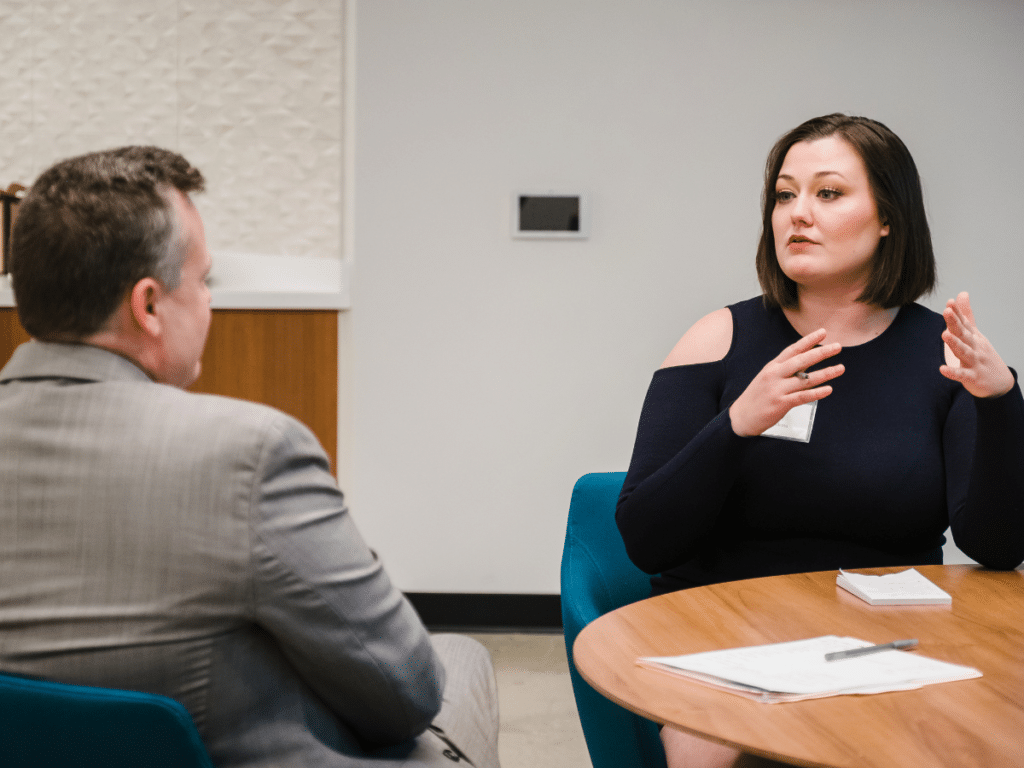
By the hour.
What happens when someone else decides your value?
If you don’t like it, they’ll swap you out for someone willing to do the same work better than you.
And by better, they mean cheaper and more hours.
Without exception, this kind of puppet-string fate is not true for those who carve out a reputation for themselves.
Without exception, these same people are far from perfect.
They have been hired. And fired.
They’ve auditioned and been asked to leave the stage before they play the third note.
They’ve risked everything. And failed.
But there’s one thing they all have in common: they put themselves out there in hopes of finding a few others to connect with over a shared belief, leader, or idea.
Seth Godin calls them Tribes. A favorite writer of mine, CS Lewis, expressed the feeling of finding your tribe like this: “What? You too? I thought I was the only one!”
The moment you create a tribe? A brand is born.
The moment a brand is born? You’ve stopped following someone else’s map.
It’s a hard pill to swallow when you realize that your whole life you’ve been doing everything possible to follow a map or plan perfectly, only to realize that the least valued skill in our culture is exactly that.
Have I memorized perfectly exactly what is on the test?
Am I writing this exactly the way the professor wants me to do it?
Regardless of what your partners, professors, or even parents tell you with the best of intentions, the least valued skill in our culture is the ability to follow a map made by someone else.
Why does this matter?
It’s a great time to be a little brand with a powerful product in the legal world, charting your own course.
A brief history lesson helps give context to why.
Since the end of World War II, legal has mimicked business in how it creates shareholder value. The fact that legal declared itself an industry and created a system that could turn out mass-produced products with interchangeable parts has to be the ultimate nod of servitude to the behemoth corporate clients that arose from the Industrial Revolution.
But this kind of gangster algorithm, as NYU Marketing Professor and CNN+ Commentator Scott Galloway would call it, no longer works.
Why not? Two reasons.
First, fast forward to March 2020 and Anthony Klotz. Klotz is the business school professor at Texas A&M who unleashed the phrase “The Great Resignation,” now heard around the world and applied to any current business problem.
I wish I could put Anthony in the Wayback Machine and change the phrase he will undoubtedly be remembered for to “The Great Awakening” to better describe the deep hunger millions of people woke up to during COVID. A hunger for purpose, for meaningful work. Basically, #WhatTheHellAmIDoingHere.
Second, this Great Awakening opened our eyes to the artificial constraints of our old systems:
Geography.
Hierarchy.
Size.
And on and on.
To sum it up, The Great Awakening means with today’s technology, a little brand, and a powerful product can get from unknown to known faster than ever.
Just ask Keith Gill. AKA Roaring Kitty. (It doesn’t matter if you don’t recognize his brand. His tribe knows. Then so did the crashing stock market.)
Or Alex Su.
How did he land his position as Head of Community Development at Ironclad Digital Contracts?
He did the hard work, day in and day out, not unlike Keith Gill, although I don’t think Alex was still in his mom’s basement.
Gradually, Alex’s tribe began to find him.
And then Ironclad began to pursue Alex not because of who he was on paper, but how he showed up in real life.
During The Great Awakening, Alex Su started to unwittingly build his brand day in and day out by caring enough to learn to speak in the new language he saw being birthed with The Great Awakening. A language that was raw, real, and human―and straight to our social feeds when we were hungry for it most.
Risky? Yes.
Could his performances have flopped? Yes.
Did he know where it was leading? All caps NO.
The best part? Ironclad just knew they wanted him.
Come, they said. We’ll figure out those formal roles and responsibilities HR requires as we go along.
Alex and Ironclad started with a whiteboard to create the position that honored Alex’s gifts and talents and how it intertwined with the Ironclad community.
Alex Su has joined the few that know how it feels to make your own map.
So, as it turns out, Alex Su has a story to tell, but it isn’t the one you’ve heard about him before: Boy goes to Big Law. Leaves it for legal tech. Makes memes. You should too!
It’s risky. It’s not for those who play finite games or who need to keep score.
It’s the story of being true.
As Alex said when I had the pleasure of speaking with him, “Brand is what people say and think about you when you aren’t around.”
As it turns out, that is all that building a brand is.
Being true to you. In your own skin. Wherever life takes you.
What a relief.


